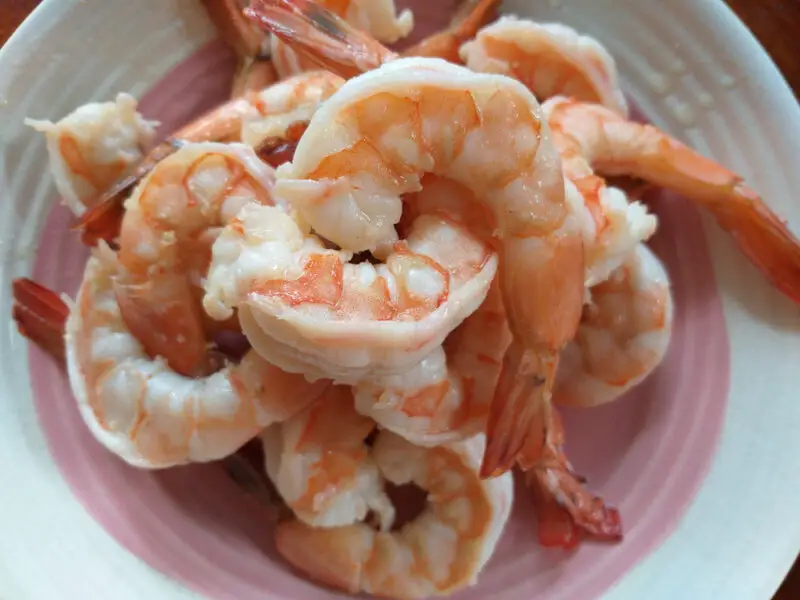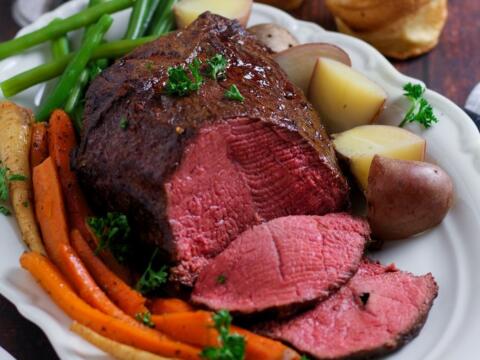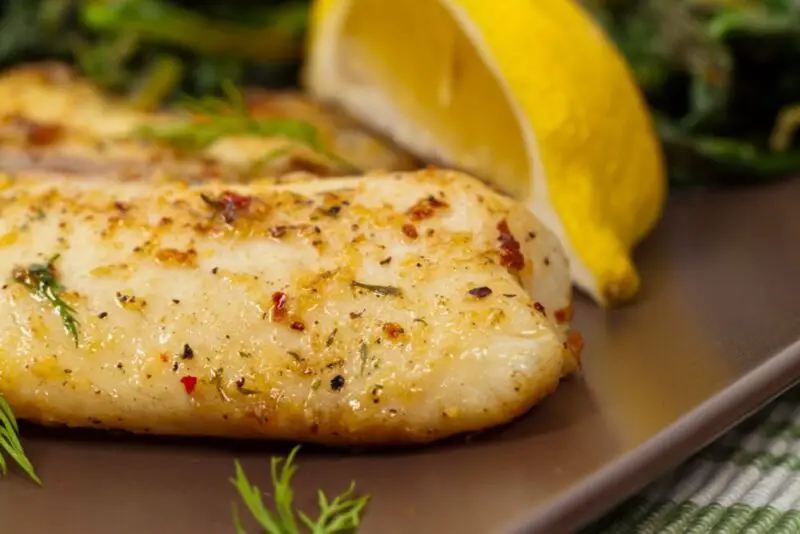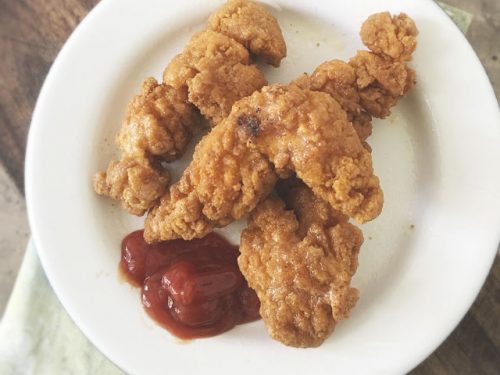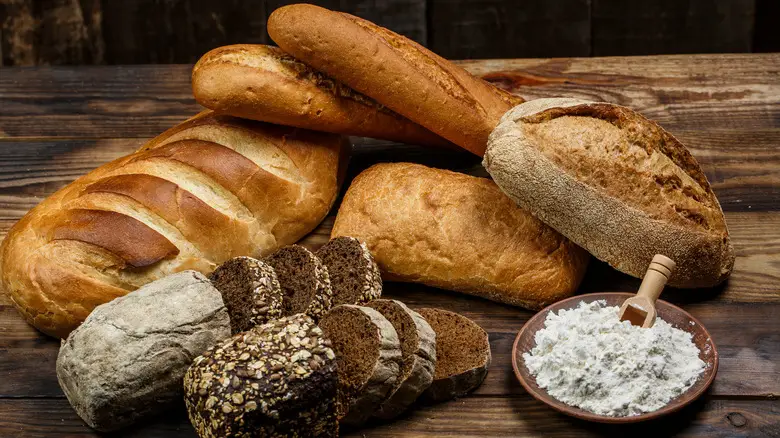Is it Bad to Eat Undercooked Shrimp?
Shrimp is a popular seafood and a major source of protein, vitamins, and minerals. It is consumed in many cultures worldwide, and its nutritional value is such that it can help lower the risk of heart disease, cancer and other health problems. However, not all shrimp dishes are created equal. One of the biggest concerns about eating shrimp is whether it’s safe to eat undercooked shrimp or not. In this article, we will explore the potential dangers and benefits of consuming undercooked shrimp, as well as ways to minimize the risks.
What is Undercooked Shrimp?
Undercooked shrimp refers to shrimp that has not been cooked for a sufficient amount of time or at a high enough temperature to kill all harmful bacteria or parasites that might be present in the shrimp. Shrimp can be eaten raw or cooked depending on regional or cultural preferences. Sushi, sashimi, ceviche, poke bowls are typical examples of dishes containing raw or partially cooked shrimp.
Why Do People Eat Undercooked Shrimp?
Eating undercooked shrimp could be attributed to a variety of reasons including cultural or culinary preferences, personal taste preferences or perceived health benefits associated with consuming raw seafood.
- Cultural Preferences: In some Asian cultures such as Japanese cuisine sushi which frequently contains small slices of uncooked shellfish including raw shrimp, is a popular delicacy.
- Taste Preferences: Some people prefer their shrimps undercooked because they like their texture better than when they are fully cooked.
- Perceived Health Benefits: There is an increasing trend towards consuming more natural raw food diets which includes raw seafood like undercooked shrimps. Raw seafood can be a fantastic source of vitamins and minerals, although more often than not the risks outweigh the benefits.
Risks Associated with Eating Undercooked Shrimp
Consuming undercooked shrimp can pose significant health risks to the person consuming it. The primary dangers of eating undercooked shrimp are food poisoning, parasites, and bacteria found in the shrimp. These can lead to life-threatening complications if not treated in time. Below is an overview of each of these dangers:
Food Poisoning
Food poisoning from undercooked shrimp is one of the most common complaints associated with consuming raw or partially cooked seafood. There are numerous types of food poisoning brought about by bacteria such as Vibrio vulnificus, cholera, norovirus or Salmonella Typhimurium, and others that multiply bacteria rapidly at room temperature and are rarely killed off through cooking at regular temperatures. Symptoms may include diarrhea, vomiting, abdominal pain, fever, headache or chills. In severe cases dehydration may occur which can result in kidney failure or brain damage.
Parasites and Bacteria in Shrimp
Raw or undercooked shrimp harbor various dangerous parasites like roundworms and tapeworms that may result in serious infections when ingested. These helminths thrive in warm seawater and feed off small crustaceans including baby shrimps; they ultimately infect larger shrimps later consumed by humans. The presence of some bacteria is only confirmed via laboratory testing, but others can cause symptoms including digestive distress like bloating, stomach pain, cramps or acute gastroenteritis. Pregnant women are at higher risk for developing complications like miscarriage or premature delivery if infected with certain types of bacteria like E.coli.
Impact of Cooking on Shrimp Quality
Cooking shrimps, whether overcooking or undercooking, can result in different qualities of the shrimp. Undercooked shrimps may have a rubbery texture, and their flavor may be less savory than when properly cooked. Properly cooked shrimp also contains more nutrients which are absorbed by the body faster when cooked than undercooked or raw shrimps.
Factors Influencing Shrimp Safety
Quality and Safety Standards in the Shrimp Industry
The shrimp industry is heavily regulated to ensure that only safe products make it to the market. Proper handling, processing, packaging, and transporting of shrimp follow strict safety guidelines aimed at minimizing the risk of contamination. However, there’s still a considerable risk of bacterial infection after purchase due to environmental exposure if not handled properly.
- Regulation: Food authorities in many countries like the United States regulate pathways taken by foods through their supply chain. Regulations also demand that harvested shellfish be appropriately identified by plant or dealer name on the certificate of origin.
- Supplier Choice: To minimize this risk, you must buy from reputable suppliers with robust quality inspection practices. Before purchasing any shrimp-related product ask about their handling or preparation practices.
- Storage: Cooked or raw shrimps should be stored at temperatures below 40°F (4°C) in the refrigerator, where they can safely be kept for up to three days before cooking them adequately. Any food left out for more than two hours should not be consumed to prevent food poisoning.
Individual Differences in Shrimp Tolerance
The severity of illness after consuming undercooked shrimp varies depending on various individual factors including age, sex, genetics, medical health history such as chronic illnesses like Lupus or HIV, and lifestyle choices such as smoking, drinking, stress levels, diet or drug use. For example, smokers and adults above the age of 50 may be more likely to develop complications due to their compromised immune systems.
Common Misconceptions about Cooking Shrimps
The 24 Hour Rule for Cooking Shrimp
The 24-hour rule is a popular method used for determining the freshness of shrimp. It states that after the initial purchase from the seafood vendor, raw shrimp can only be freshly consumed within 24 hours of purchase and require refrigeration to mitigate bacteria growth. However, this rule may not always apply to all types of shrimp; it’s hard to determine how long a particular type of shrimp has been harvested before it reaches the vendor. It’s best to purchase fresh shrimps when you’re ready to cook them or opt for freezing when you will require them later.
Grilled or Charred Shrimp: Safe or Not?
The safety of charred or grilled shrimps has been controversial over time because research has shown that humans have ingested high amounts of carcinogenic substances on which they are cooked. This risk can be mitigated by marinating your shrimps and brushing them with some oil to limit charring.
How to Detect Undercooked Shrimp?
Fresh shrimps are resilient and uniformly tender, whereas undercooked shrimp can retain a rubbery texture that may resemble chewing gum. You can also detect undercooked shrimp through its color, smell, and taste.
- Color: Cooked shrimp should turn a bright pinkish-red color; an unappealing grayish-pink tint suggests it was not cooked enough.
- Smell: Fresh shrimps have a distinct sea-like smell that fades once fully cooked. Stale or undercooked shrimp may have a strong sulfur odor, which is an indication of bacterial growth.
- Taste: Undercooked shrimp may taste bitter and fishy, while properly cooked shrimp should have a milder, sweeter flavor.
Conclusion
In conclusion, consuming undercooked shrimp can cause significant health problems stemming from bacterial infections, parasites, and food poisoning. It’s crucial for people to be aware of these risks and take the necessary steps to minimize them. Moreover, there are various factors such as regulation guiding handling practices, storage, supplier choices, proper cooking methods that affect the safety of shrimps in general. It’s imperative to remember that eating undercooked shrimps solely because of cultural or personal preferences could expose you to significant health risks. You should weigh the risk versus the benefits when considering consuming raw or undercooked seafood and always opt for properly cooked seafood if in doubt.
Can eating undercooked shrimp make you sick?
Yes, eating undercooked shrimp can lead to food poisoning and other health issues. Eating raw or undercooked shrimp that may contain harmful bacteria, viruses, or parasites can cause vomiting, diarrhea, stomach cramps, fever, and more severe symptoms in some cases.
How can you tell if shrimp is cooked properly?
Cooked shrimp turns pink and opaque and should be firm to the touch. The internal temperature of properly cooked shrimp should be 145 degrees Fahrenheit. You should avoid eating any shrimp that appears translucent or mushy, as this may indicate that it is still raw or has gone bad.
What are the dangers of consuming undercooked shrimp?
Undercooked or raw shrimp may contain harmful bacteria such as Vibrio cholerae, Vibrio parahaemolyticus and Listeria monocytogenes which can cause serious infections such as cholera, norovirus infection and listeria infection. These infections can cause serious illnesses such as severe dehydration, foodborne illness, Sepsis and scarring of internal organs.
Is it okay to eat raw shrimp?
Raw fish is a delicacy in many cuisines around the world, but consuming raw or partially cooked seafood comes with certain risks. Raw or undercooked shrimp carries the risk of infectious diseases like Vibrio parahaemolyticus, a type of bacteria commonly found in shellfish that causes diarrhea and abdominal pain. Consumption of raw shrimp is not recommended for people with weakened immune systems.
